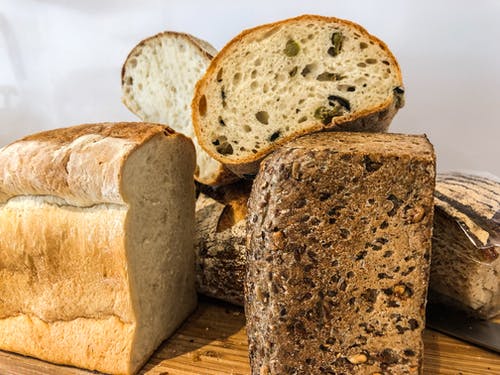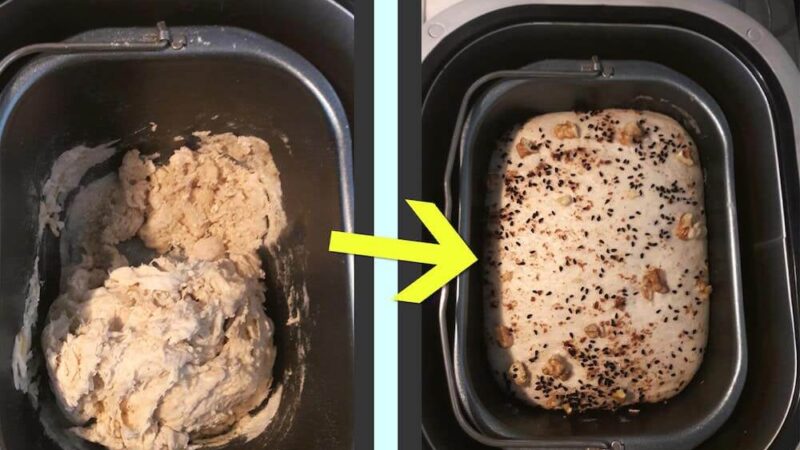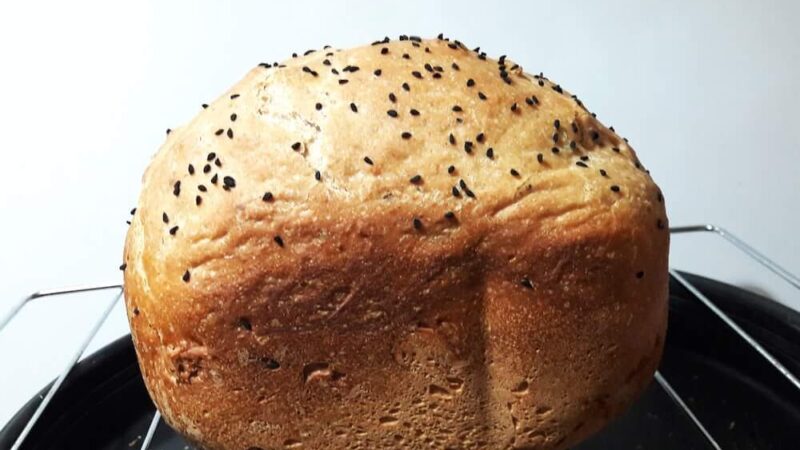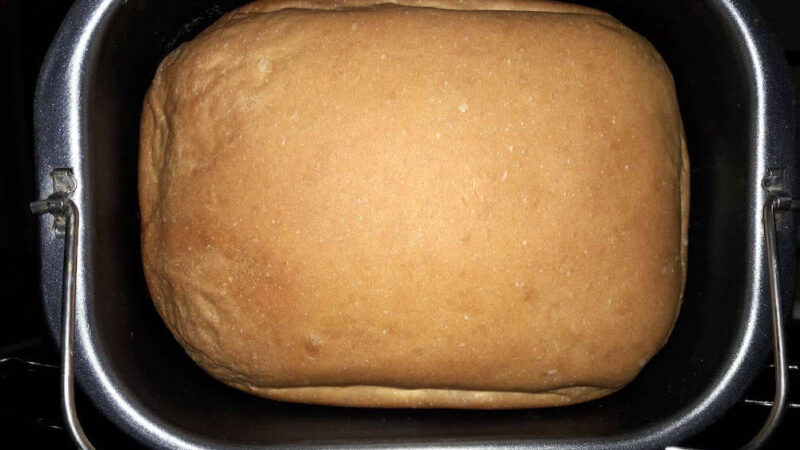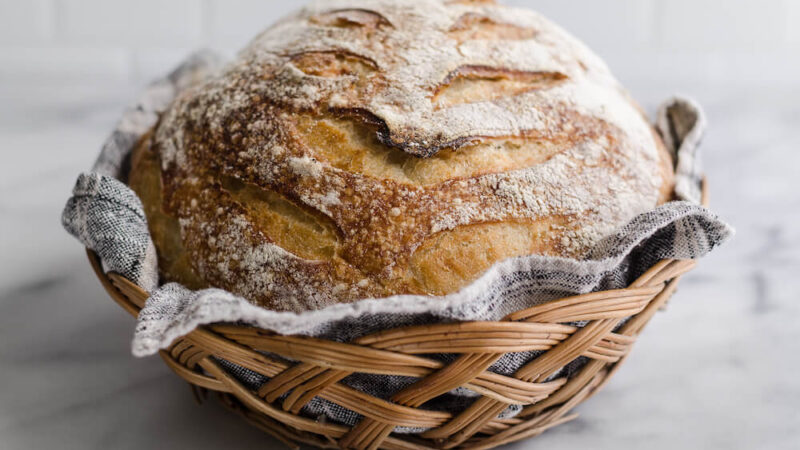American Pancakes vs French Crepes – Which to Prepare?
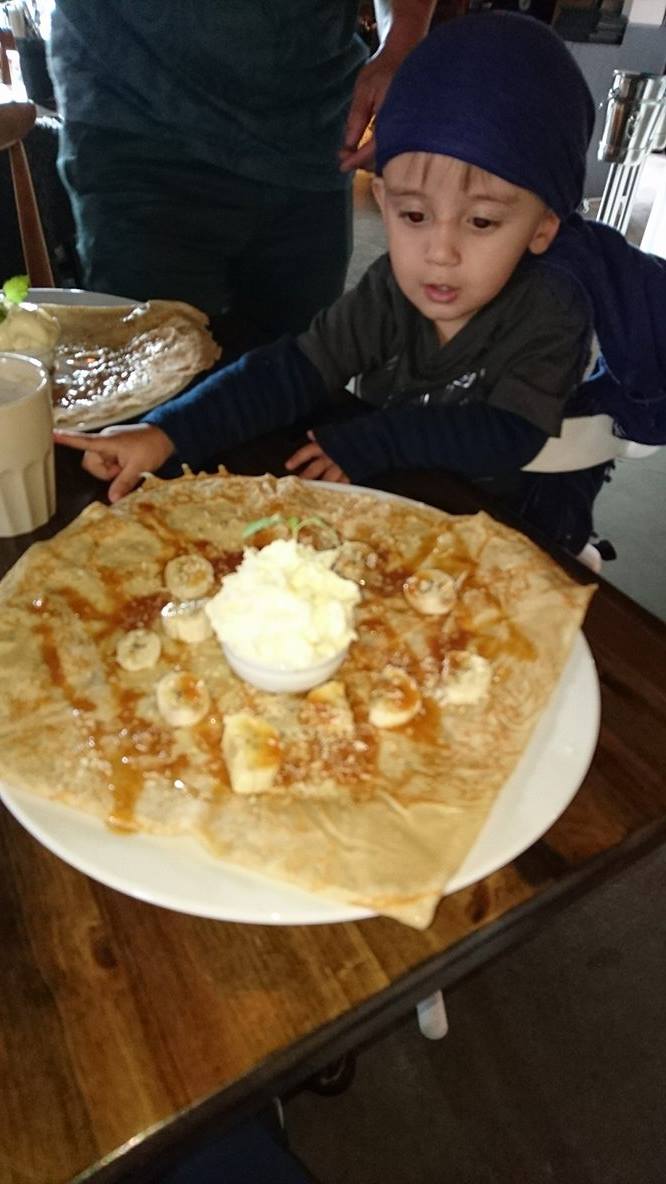
No rivalries run deeper than those between nations! And when it comes to the battle of the pancakes, it’s certainly a close contest.
In one corner, you have the American pancake. Thick, fluffy and shaped for stacking, it’s a symbol of hearty, homespun American comfort-cooking! Like the images of tanned perfection from American movies, the American pancake is golden-brown and photogenic!
In the other corner, you have the French crepe. Delicate, understated and light as a feather, it personifies the grace and elegance of French cooking – perfected over hundreds of years! Just as the French have become synonymous with style, the crepe is chic, and in vogue; enjoying a modern-day revival right as you read this article!
But how do these pancakes really stack up against each other? And is it fair to compare?
ON THE INSIDE
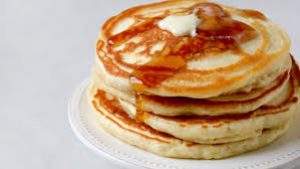
The basic ingredients of any pancake mixture are: flour, milk and eggs. Both the American pancake and French crepe share these three basic ingredients. However, you only need to see the two types of pancakes side by side to notice the obvious physical differences between them. And that is partly down to one additional ingredient in the American pancake: a raising agent. This is normally delivered in the form of a teaspoon and a half of baking powder. The raising agent is what gives the American pancake its volume.
There are other factors going on under the surface as well. With American pancakes, the milk component of the batter mixture usually comes in the form of buttermilk. Buttermilk is more acidic than regular milk, and when combined with a teaspoon of baking soda, produces gas bubbles – resulting in a leavening effect (or in simpler terms, a softer, fluffier pancake!).
The French crepe on the other hand has a higher liquid to flour ratio, which allows the batter mixture to spread very thinly over heat. The resulting pancake has an ‘eggier’ consistency – and can be folded and rolled in all manner of ways – which is one thing you can’t do with the American counterpart!
THE PROOF IS IN THE EATING

Differences in cooking methods aside, the real proof – as the saying goes – is in the eating! As stated, the American pancakes are thicker with a more ‘cake-like’ texture. An alternative name for them is actually ‘hot cakes.’ This may explain why they are traditionally served at breakfast-time in the US: as a filling and satisfying way to start the day! Smaller in diameter than their French counterpart, they can be easily stacked on top of one another – allowing for a pile-up on your plate that leaves you completely full and satisfied! Their plumper consistency means they won’t be overpowered by a bold condiment such as maple syrup – and indeed the two are often served hand in hand! It is also possible with American pancakes to add actual fruit, such as blueberries, into the batter itself.
In contrast, French crepes have a much lighter texture, and subtler taste. Rather than a negative, this allows for a versatility in the way they are served. Eaten not just for breakfast, the French crepe can be served as a savoury or a sweet dish any time of the day. A single crepe may not be as filling as an American pancake, but for this reason, makes an ideal snack as well as a main course. And in addition to sweet condiments, the delicateness of the French crepe can be partnered with tart savoury flavours such as cheese sauces.
Although fruit is generally not added into the batter mixture itself, the understated taste of the French crepe means a drizzle of lemon juice and a sprinkling of sugar can make for a rewarding dish in and of itself.
THE VERDICT
The verdict? Ultimately, both pancakes have developed so distinctly from one another, and have each acquired their own rich traditions, that they’ve earned the right to be treated as two very separate dishes! And in the end, why settle for one when you can have both?!

